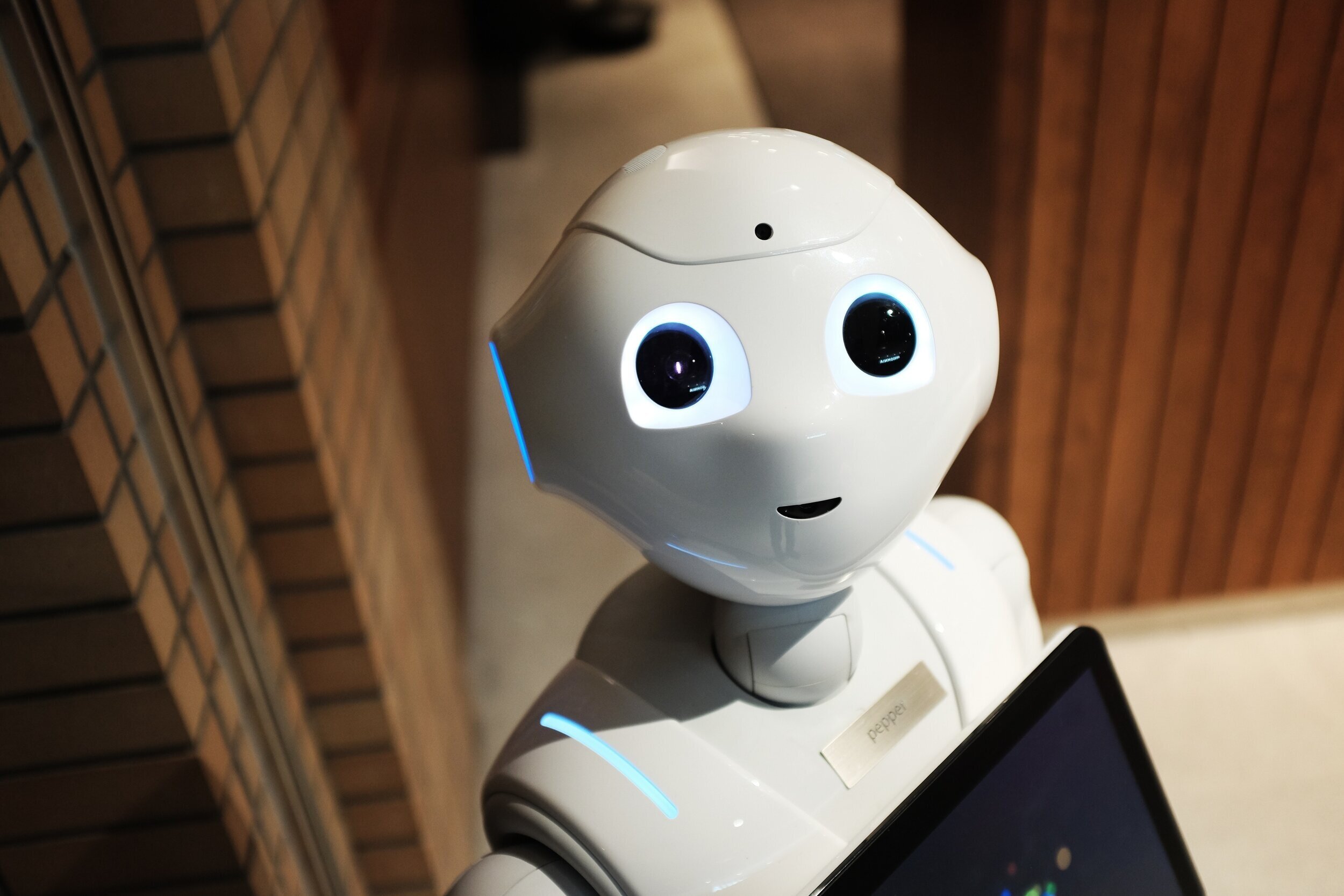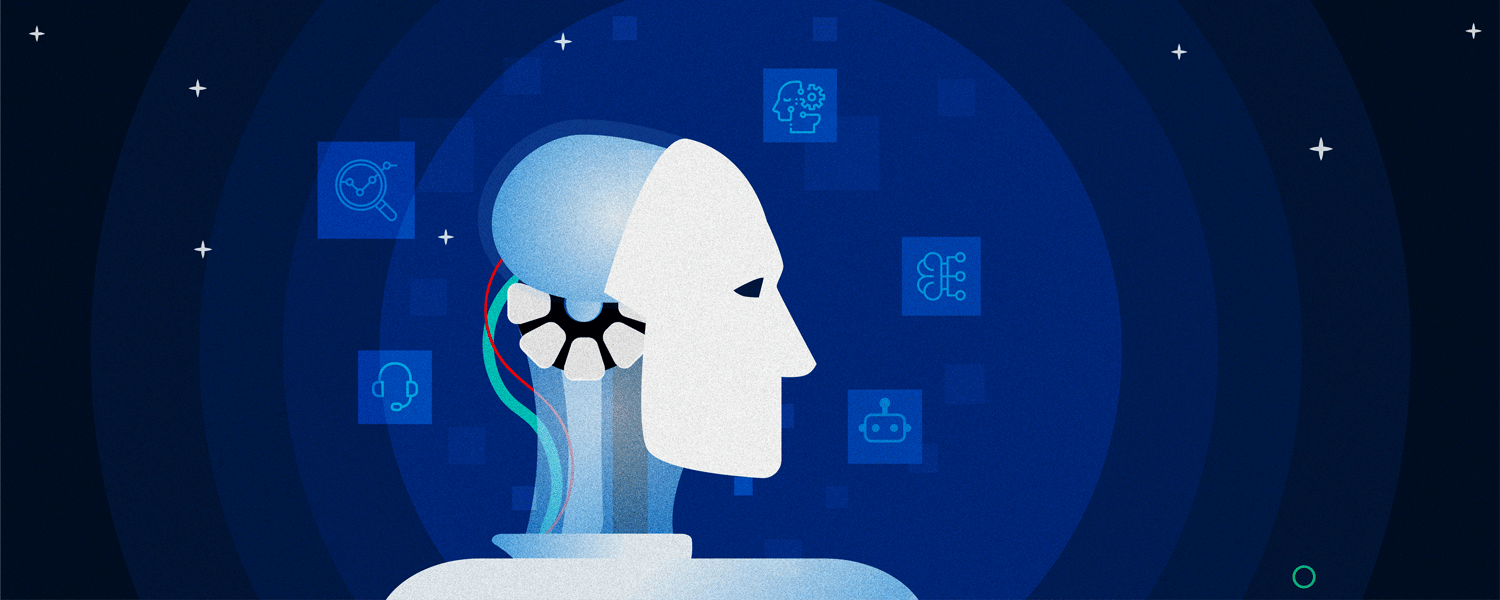
What is a chatbot?
Chatbot overview for anyone new to Conversational AI
What is a Chatbot?
Interacting with the earliest versions of chatbots could be a frustrating and time-consuming process. These bots were often only equipped to respond to very specific input and couldn’t process any information outside of those parameters. As a result, communicating with a bot was far less appealing than speaking with a real person which typically led to faster, better solutions. Artificial intelligence has changed this.
AI-powered Natural Language Processing (NLP), enables chatbots to mimic human conversation. They can identify underlying intent and deliver a appropriate response. Plus, chatbots can now “learn” from past conversations and improve their ability to provide appropriate responses and solutions. AI-powered chatbots are one of the best ways to improve the customer experience. When equipped with artificial intelligence, chatbots can use contextual information to deliver relevant messages and offer proactive service when they detect a potential problem. They can also assist your human support team by preparing agents for high-impact conversations and routing inquiries to the appropriate person. As companies begin to incorporate artificial intelligence into their daily operations, chatbots are an excellent way to become an adopter of AI technology and start delivering better customer experiences now.
How AI-Powered Chatbots help:
1. Chatbots Use Contextual Information
Chatbots that aren’t powered by artificial intelligence essentially deliver a one-size-fits-all experience to all of the users they assist. They begin with a generic greeting, offer a standard list of menu options, and are only equipped to resolve a pre-set list of issues and questions. Artificial intelligence removes these limitations by tailoring conversations based on the content they access and read on your company’s site. If a user visits several pages focused on a specific service you offer, for example, the chatbot can infer that they’re primarily interested in that service. Then, it can begin the conversation with content that’s relevant to that service. It can also make these inferences based on landing pages. So, for example, if a visitor lands on your site after reading an email highlighting a new feature, the chatbot could begin by asking if they have any questions or want to learn more about that specific feature. This way, the conversation is relevant right from the start.
2. Chatbots Prepare Agents for High-impact Conversations
A chatbot doesn’t have to hold an entire conversation with a customer from start to finish. It can handle the initial steps of greeting and verification before passing that customer along to a human support agent for further assistance. AI-powered chatbots are well-suited to the task of collecting information at the beginning of an interaction. They can initiate conversation, then ask for the details a support agent would need to assist the user. These details might include the user’s account number, order number, payment details, and contact information. This way, when a support agent steps in, they’ll already have the background information they need to assist the customer — and they won’t need to spend any additional time asking those basic questions.
3. Chatbots Route Inquiries Appropriately
Busy support teams can easily become bombarded with inquiries every day. And the first step in resolving these inquiries is getting them to the agent who’s best-suited to provide an answer or solution. But for large support teams, routing each ticket to the right person can be challenging time-consuming. AI-powered chatbots can help. When equipped with Natural Language Processing, a chatbot can determine the need behind a user’s request. It can “understand” what that user is looking for, and what information they’ll need before their inquiry can be resolved. Then, it can determine which of your support agents to assign to that ticket.
If a user’s inquiry is relatively simple, for example, the chatbot might opt to assign it to a newer member of your support team. If the inquiry is more complex and will require a subject matter expert, on the other hand, the bot would likely assign it to an agent with experience in that particular area. Plus, if the bot has access to each agent’s list of tickets, it can also take workload into account, and route inquiries with the goal of distributing them evenly among your team. This way, each customer will be directed to the person most qualified to resolve their issue — and to deliver that resolution in the least amount of time.
4. Chatbots Offer Pre-emptive Support
As AI-powered chatbots learn from customer interactions, they can pick up patterns in user behavior. And as they “learn” from these patterns, they can begin to anticipate potential issues. With this information, they can proactively address those issues before they ever cause problems for a customer. For example, if your chatbot picks up on the fact that customers tend to ask questions about a specific feature roughly two days into the onboarding process, it might begin conversations at that point in the customer journey with information about that feature.
This way, customers get the information they need before even having to ask. This ensures that they receive the assistance they need to move forward and don’t stop using your product simply because of a lack of information. In the long run, it can also help them get more value out of their experience with your company. And as chatbots become better at anticipating and proactively resolving issues, it can minimize the customer complaints your support team receives, and boosts customer satisfaction scores.
Chatbot Examples:
There are a number of Chatbot use cases available. HR Chatbot, Healthcare chatbots, Customer Service Chatbots, Claims Chatbots and Sales Chatbots. All of these are programmed to use AI to automated Conversations with the end Customer.





